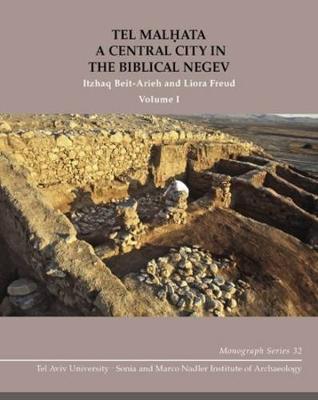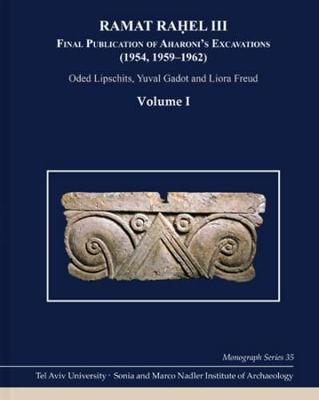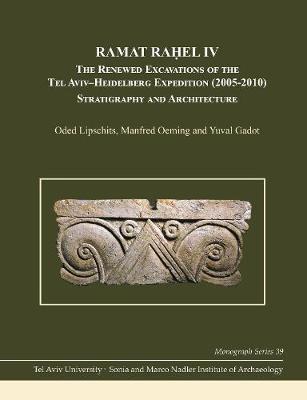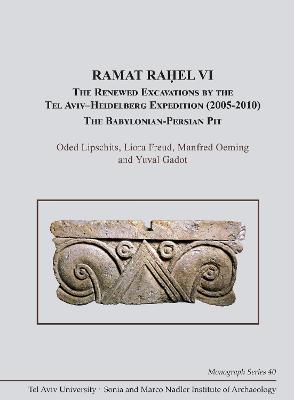Monograph Series of the Sonia and Marco Nadler Institute of Archaeology
4 primary works
Book 32
Tel Malhata: A Central City in the Biblical Negev presents the results of nine seasons of excavations-two by the first expedition and seven by the second.
Tel Malhata is an elliptical-shaped mound located in the eastern sector of the Arad-Beer-sheba Valley and spreads across some 18 dunams. Tel Malhata is generally identified with biblical Moladah, one of the cities of Judah, although other identifications have been suggested. The Arabic name of the site, Tell el-Milh ("Hill of the Salt"), is apparently indicative of its association with the production and distribution of salt from the Dead Sea in more recent times. The many Bedouin graves on the upper terrace of the tell significantly hindered the planning of the excavations, and consequently the excavations were concentrated mainly where no graves were discerned. The two-volume report consists of 22 chapters that take the reader through six strata of civilization, ranging from the Middle Bronze Age to the early Byzantine period.
Book 35
This book brings to complete and final publication two past excavations conducted at the site of Ramat Rahel. A major part of the report is devoted to publishing the results of Yohanan Aharoni's long-term excavation project at the site during the years 1954, 1956, 1959-1962. The renewal of excavations at the site in 2004 triggered the need to reevaluate the site's architecture and stratigraphy, and from that the idea to publish this report was born.
Book 39
This is the first of a three-volume final report on the Tel Aviv-Heidelberg Renewed Excavations at Ramat Rahel, 2005-2010. It presents the stratigraphy and architecture of the excavation areas, including portions of the palatial compound, the subterranean columbarium complex, and the Late Roman cemetery; site formation of the tell; twentieth-century fortifications at the site; and the ancient garden and its water installations.
Book 40
Ramat Rahel VI
by Oded Lipschits, Liora Freud, Manfred Oeming, and Yuval Gadot
This is part of a three-volume final report of the renewed excavations at Ramat Rahel by the Tel Aviv-Heidelberg Expedition (2005 2010). It presents the finds from the Babylonian-Persian pit, one of the most dramatic find-spots at Ramat Rahel. The pit yielded a rich assemblage of pottery vessels and yhwd, lion, and sixth-century "private" stamp impressions, including, for the first time, complete restored stamped jars, jars bearing two handles stamped with different yhwd impressions, and jars bearing both lion and "private" stamp impressions on their bodies. Residue analysis was conducted on many of the vessels excavated from the pit to analyze their contents, yielding surprising results. The finds contribute to our understanding of the pottery of the Babylonian and early Persian periods (6th 5th centuries BCE) and to the study of the development of the stamped-jar administration in the province of Yehud under Babylonian and Persian rule.
Also available from Eisenbrauns: Ramat Rahel III: Final Publication of Aharoni''s Excavations at Ramat Rahel (1954, 1959-1962) by Oded Lipschits, Yuval Gadot, and Liora Freud; and Ramat Rahel IV: The Renewed Excavations by the Tel Aviv-Heidelberg Expedition (2005-2010): Stratigraphy and Architecture, by Oded Lipschits, Mandred Oeming, and Yuval Gadot.



